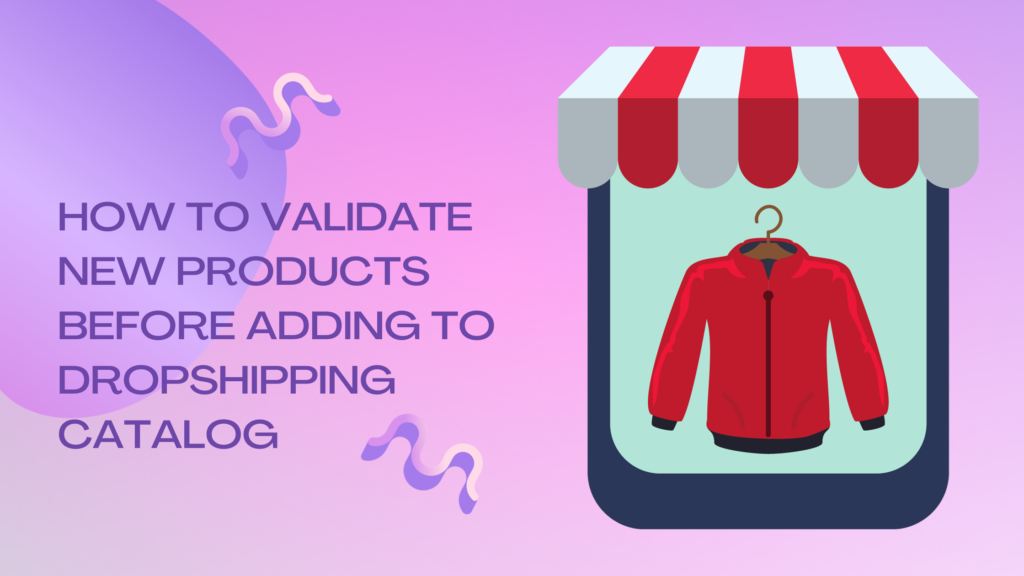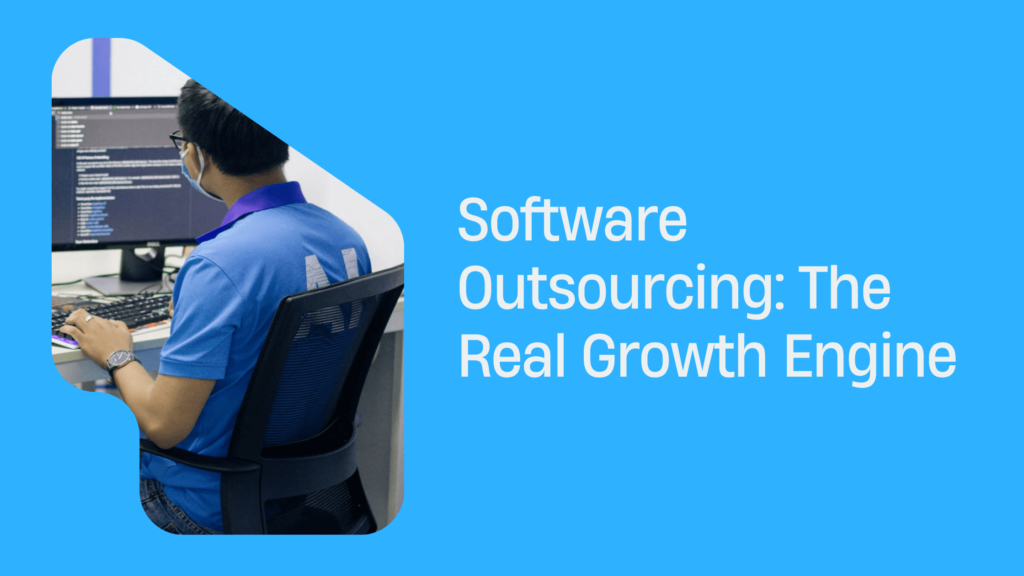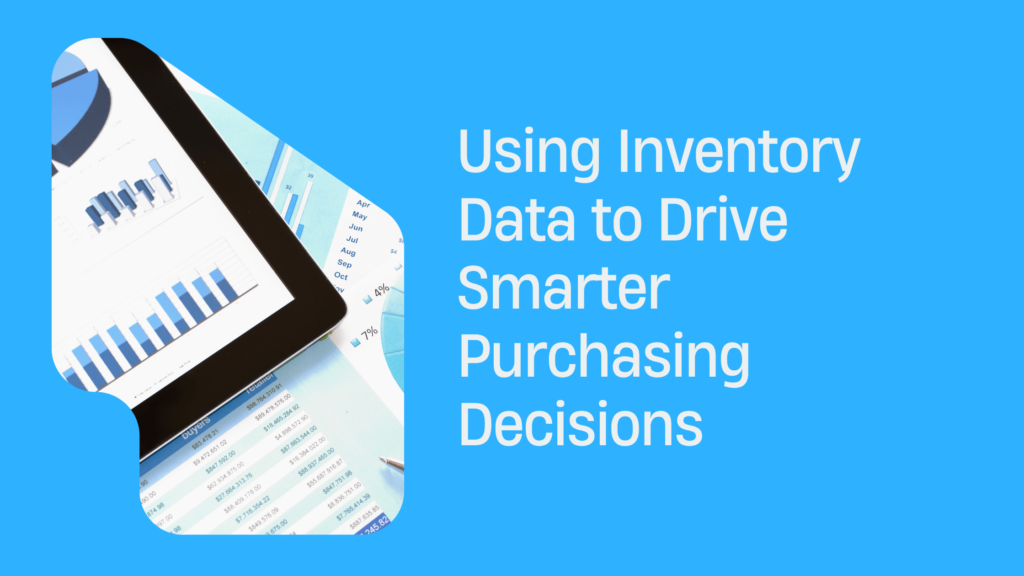How to Validate New Products Before Adding to Dropshipping Catalog
Launching a new product isn’t about chance; it’s about knowing the market and making informed choices.
Product validation is the key: it tells you if there’s real demand before you put money into it.
In this guide, we break down the steps, giving you the tools to pick products that sell, not just fill shelves.
By following these game plans, you’ll learn how to spot winners and avoid expensive mistakes, putting your dropshipping business on the road to success.
Foundations of Product Validation
Embarking on the adventure of adding a new product to your dropshipping catalog requires a strategic approach to ensure success.
Product validation is the crucial process that helps you understand whether there’s a market for your product before you invest resources into it. It’s a methodical investigation into the potential demand and viability of your offering.
Let’s explore the essential steps you need to take to build a solid foundation for product validation.
Identifying Target Audience and Their Needs
The first step in product validation is to conduct thorough demographic research to gather specific information about your potential customers, such as their age range, gender, income level, and where they live.
For example, if you’re selling high-end kitchen gadgets, you might find that your target customer is likely a homeowner in the age range of 30 to 45 with a middle to high income bracket, and perhaps predominantly residing in urban areas.
However, demographics alone don’t provide the complete picture. You also need to delve into the psychographics of your target audience.
This involves analyzing their values, attitudes, interests, and lifestyles to understand what motivates their shopping behavior.
For instance, if your demographic research points to young professionals, psychographic data might reveal that they value efficiency and design, and are interested in smart home technology, which can directly influence the type of products they’re likely to purchase.
Understanding the pain points, major frustrations, and unmet needs of your target audience is key to ensuring your product provides a solution they’re seeking. For example, if customers express dissatisfaction with the durability of existing pet toys in the market, a product that offers increased longevity could meet this unmet need and resonate well with pet owners looking for a more robust option.
Setting Up Your Unique Value Proposition
Once you’ve identified your target audience and their needs, the next step is to research and analyze competitor product offerings.
This will help you identify any gaps in the market that your product can fill. For example, if competitors are offering eco-friendly packaging but at a high cost, there may be an opportunity for your product to be positioned as a more affordable, yet still sustainable, alternative.
Determining the key differentiators that set your product apart from competitors is vital in addressing customer needs.
Whether it’s a unique feature, a better price point, or superior customer service, these differentiators should be clearly stated in your unique value proposition (UVP).
Your UVP is a concise statement that communicates the unique benefits and value of your product, convincing customers why your product is the best choice for them.
Developing messaging and branding that clearly states your UVP is essential.
This involves crafting compelling descriptions, visuals, and marketing materials that highlight the distinct advantages of your product.
For instance, if your product offers an innovative design that simplifies a common task, your messaging should focus on this benefit and explain how it makes the customer’s life easier.
Offering strategies for communicating what makes your product better than existing alternatives is also part of setting up your UVP.
This can include sharing customer testimonials, providing detailed product comparisons, and demonstrating your product’s effectiveness through videos or interactive demos.
Researching the Market
When you’re preparing to expand your dropshipping catalog with new products, it’s essential to conduct extensive market research. This process involves analyzing what’s currently available in the market, understanding customer preferences, and identifying opportunities where your product could meet an existing need or desire.
Conducting a Thorough Competitor Analysis
Start by examining your competitors’ product offerings in detail. Look at the features and specifications of their products, how they’re priced, and who their target customers are.
Pay attention to how they present their brand across different platforms, including social media, advertising campaigns, and their own websites.
This will give you a comprehensive view of their strategy and market presence.
Next, evaluate how well competitors are reaching and keeping customers.
Are they dominating certain market segments?
What strategies are they using to keep customers coming back?
Observing both strengths and weaknesses in their approach can give you insights into areas where you have the potential to outperform them.
A key aspect of competitor analysis is identifying market gaps. These are areas where customer needs or preferences are not fully addressed by existing products.
For instance, if there is a recurring complaint about the durability of a commonly sold item, offering a product with enhanced durability can address this gap and appeal to that customer base.
Utilizing Google Trends for Market Insights
Google Trends is a powerful tool for gauging consumer interest in various products over time.
By entering specific product-related keywords and search terms, you can analyze the rise and fall of consumer interest.
If you notice that searches for “sustainable water bottles” rise dramatically during the summer months, this indicates a seasonal trend that you can prepare for in advance.
Understanding the data from Google Trends goes beyond observing spikes and declines in search interest. It involves recognizing patterns that can help predict when interest in specific products will grow, which can be invaluable for timing product launches and marketing efforts.
To effectively leverage Google Trends, make it a habit to monitor it regularly.
This ongoing attention to consumer search behavior can help you spot rising trends early, allowing you to add relevant products to your catalog before they become widely popular.
This proactive approach can be a significant advantage, keeping your offerings fresh and aligned with consumer demand.
Gathering Consumer Insights
Understanding what customers think and feel about products is not just helpful – it’s essential.
This understanding guides your decisions about what products to offer and how to market them.
Here’s how to effectively tap into customer insights to make informed choices for your dropshipping business.
Leveraging Social Media and Forums for Customer Feedback
Social media platforms and online forums are direct channels to customer feedback.
Engage in social listening on platforms like Facebook Groups, Reddit, and YouTube to hear what customers are saying about products similar to yours.
This feedback is raw and real, providing you with an honest gauge of customer sentiment.
To efficiently monitor these channels, set up keyword alerts relevant to your products.
Tools like Hootsuite or Mention can help you sift through the noise and collect data that matters.
These tools can also help you recognize patterns in customer feedback, such as widespread issues with a product feature that customers are consistently discussing.
When you review the feedback, look for recurring themes.
Are there particular complaints that come up often?
Are there specific features or improvements that customers are repeatedly requesting?
Use these insights to inform your product development and shape your marketing messages – perhaps customers are frequently asking for eco-friendly packaging, which could be a compelling angle for your product.
The Role of Reviews and Testimonials
Online reviews are a direct line to customer opinion and can be especially revealing.
When analyzing reviews of competitor products, note the common complaints and areas where customers express dissatisfaction.
This information is invaluable as it highlights opportunities for you to offer something better.
For instance, if you notice that a popular gadget has a consistent complaint about battery life, focusing on providing a gadget with a longer-lasting battery in your catalog could give you a competitive edge.
Before fully committing to a new product, it’s wise to collect initial feedback through small focus groups or by providing samples to a select group of customers.
Take the feedback seriously, and be ready to make changes to your product based on what you hear.
This early-stage feedback can be instrumental in refining your product before a wider release.
As you begin to receive positive feedback, make it a central part of your product’s story.
Feature these reviews and testimonials in your marketing materials.
Positive feedback serves as a social proof that can enhance your product’s reputation and encourage more sales.
When customers see that others have had a good experience with your product, they’re more likely to consider it for themselves.
By consistently gathering and applying customer insights, you can make sure that every new product added to your catalog is more likely to succeed. This approach not only satisfies your customers but also helps build a strong, customer-focused brand.
Testing the Market with a Minimum Viable Product (MVP)
Launching a new product into your dropshipping catalog can be risky without evidence of customer interest.
To mitigate this risk, many entrepreneurs turn to the concept of a Minimum Viable Product (MVP).
An MVP is a basic version of your product that has just enough features to attract customers and provide feedback on its potential success.
This less feature-rich version allows for a focus on the core functionality that meets customer needs without the full investment in a final product.
Creating a Landing Page to Gauge Interest
A pre-launch landing page is your first opportunity to introduce your MVP to potential buyers.
This page should be designed to clearly communicate the value proposition of your product, showcasing the main features and benefits that solve customer problems.
For example, if your MVP is a durable, leak-proof travel mug, your landing page should highlight this alongside other key selling points, like temperature retention and ease of cleaning.
Split testing is a critical practice for optimizing your landing page.
This involves creating different versions of your page with variations in content, visuals, and pricing.
By analyzing which version drives more sign-ups or inquiries, you can determine what resonates best with your audience.
For instance, you might test two different headlines to see which leads to more email subscriptions or compare the performance of pages with different images or color schemes.
To drive traffic to your pre-launch landing page, utilize search engine optimization, social media marketing, and targeted ads.
These strategies help attract potential customers to your page and, importantly, enable you to measure their interest.
The number of visitors who engage with your page indicates the level of demand for your MVP.
Using Pre-Orders to Validate Market Demand
Pre-orders serve as a practical method to confirm market interest in your MVP.
By allowing customers to reserve your product in advance of its full market launch, you can gather concrete data on customer demand.
The number of pre-orders provides insight into how many people are willing to purchase your product, which can guide decisions regarding production volume and inventory levels.
When you analyze the data from pre-orders, you gain valuable information that can shape your market strategy.
This data can inform your pricing decisions, helping to determine at what price point your product is likely to sell.
It can also indicate whether you need to increase or decrease production to meet customer demand.
Offering your MVP in limited quantities or with special early-bird pricing can create a sense of urgency and encourage customers to act quickly.
This tactic not only builds excitement but also allows you to test the market’s response to different price points.
If your initial batch of products sells out rapidly, it suggests that there may be room for a higher price, potentially increasing your profit margins.
Analyzing the Economics for Long-term Profitability
Sustaining your dropshipping business isn’t just about having top-selling products; it’s also about smart economic planning.
To ensure the future success of your venture, you need to get comfortable with numbers and data.
Let’s get into the details of how to keep your business financially healthy for the long haul.
Calculating Cost and Setting a Competitive Price Point
Understanding every penny that goes into your products is the bedrock of pricing.
To calculate your cost of goods sold (COGS), start with your production expenses including manufacturing costs, and add shipping fees, labor for handling and packaging, import duties if you’re sourcing internationally, and allocate a portion for processing returns.
Imagine a scenario where you’re selling a fitness tracker – you’d factor in the cost to produce it, the expense to ship it to your warehouse, and even the cost of customer service support for any return issues.
Now, when it comes to pricing models, you have two main options: cost-plus pricing and value-based pricing.
Cost-plus pricing is straightforward – just add a fixed percentage markup to your COGS. Let’s say your fitness tracker costs $25 to get to your customer, marking it up by 40% would set your selling price at $35.
Value-based pricing, though, takes a bit more skill. You set prices based on the perceived value to the customer, which could allow for higher markups, especially if your product has a unique feature or brand appeal.
It’s crucial to keep an eye on what your competitors are charging. Look at their prices, any discounts they offer, and how they bundle products.
You want to be competitive but avoid a downward spiral on prices that could eat into your margins.
Think about offering added value instead of cutting prices, like superior customer service or a loyalty program.
Assessing Startup Costs and Financial Planning
Launching your business will require some initial investment.
You’ll have costs for:
– Legal and accounting services to set up your business structure
– Branding to create your identity
– Website development for your online store
– Market research to understand your audience
For example, if you’re starting your fitness tracker brand, you might spend a few thousand dollars on these startup basics.
Ongoing expenses will follow, such as monthly web hosting fees, marketing campaigns, and software subscriptions. Effective cash flow management means ensuring your sales can cover these bills while also setting aside a portion of your profits for reinvestment into the business.
Create detailed financial projections to forecast your business performance.
 This includes:
This includes:
– A break-even analysis to pinpoint when you’ll start seeing a profit
– ROI timelines to track the payback period for your initial investments
– Regular profit/loss statements to monitor your financial health.
By keeping a close eye on these numbers, you’ll be in a strong position to make informed, proactive decisions that drive growth and long-term profitability.
Takeaway
Success in e-commerce comes from picking products wisely and knowing your market.
Start by understanding who will buy your products and what makes yours stand out. Use tools like social media and reviews to hear what customers want and improve what you sell.
Before going all in, try out a simpler version of your product and see who’s interested. Make sure you know all your costs and set prices that are fair but competitive.
Ready to move forward? Use what you’ve learned here and check out Inventory Source to manage your products better and grow your business.







